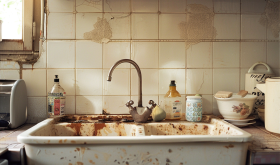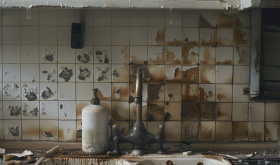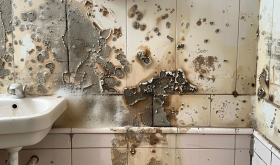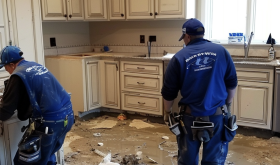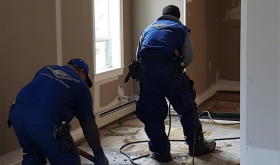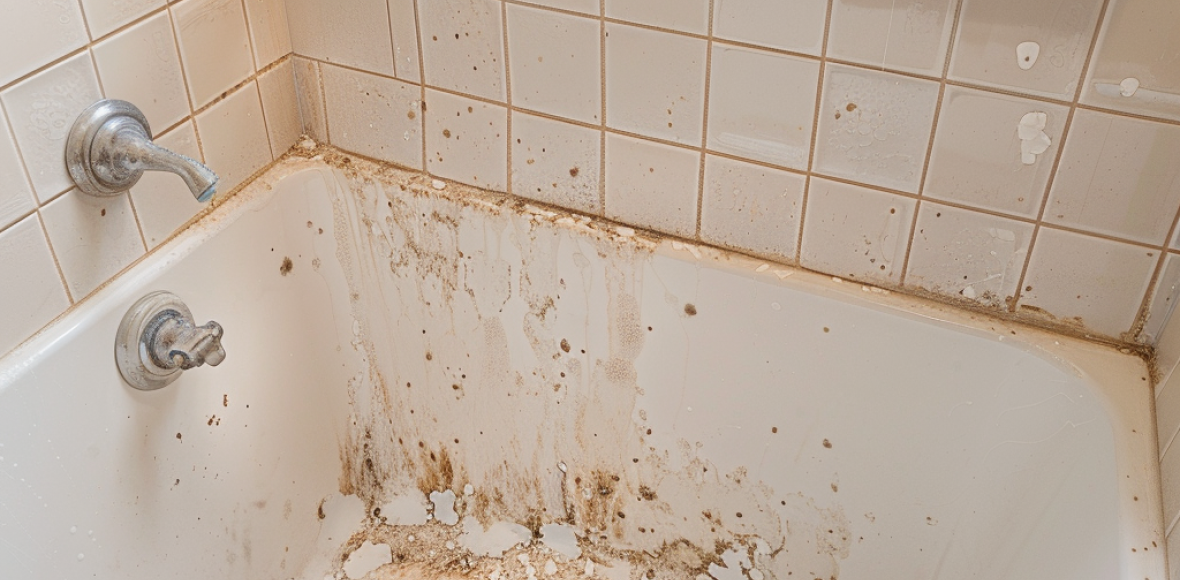
Mold growth can be a homeowner’s worst nightmare. Not only is it unsightly and unpleasant, but it can also pose serious health risks, particularly for those with respiratory issues or weakened immune systems. Mold thrives in damp, humid environments and can quickly spread if left unchecked, causing extensive damage to your property. To combat this menace effectively, a comprehensive approach to mold remediation is crucial. In this guide, we’ll explore the essential steps to eliminate mold and restore a healthy living environment.
Step 1: Identify the Source
The first step in mold remediation is to identify the root cause of the moisture problem that has allowed mold to thrive. Common sources include leaks, flooding, condensation, or excessive humidity. Addressing the underlying issue is paramount, as simply removing visible mold without resolving the moisture problem will only lead to its recurrence.
Step 2: Assess the Extent
Once the source of moisture has been identified and addressed, it’s essential to assess the extent of the mold growth. This will help determine the appropriate remediation strategy and the level of protective equipment required. Mold can often spread beyond visible areas, so it’s essential to inspect thoroughly, including behind walls, in crawl spaces, and in HVAC systems.
Step 3: Containment and Protection
Mold spores can easily spread throughout your home, exacerbating the problem and posing health risks. To prevent this, proper containment and protection measures must be implemented. This may involve sealing off the affected area with plastic sheeting, using negative air pressure machines, and donning personal protective equipment (PPE) such as respirators, gloves, and protective clothing.
Step 4: Removal and Disposal
Once the area is contained, the next step is to remove and dispose of any contaminated materials safely. Porous materials like drywall, insulation, and carpets that have been heavily infested may need to be discarded and replaced. Non-porous materials, such as wood or concrete, can often be cleaned and salvaged using specialized techniques and antimicrobial solutions.
Step 5: Cleaning and Disinfection
After removing the contaminated materials, it’s essential to thoroughly clean and disinfect the affected area. This may involve the use of HEPA vacuums, damp wiping surfaces with detergent solutions, and applying fungicidal disinfectants to eliminate any remaining mold spores and prevent future growth.
Step 6: Drying and Dehumidification
Moisture control is crucial in preventing mold recurrence. Once the area has been cleaned and disinfected, it must be thoroughly dried and dehumidified. This may involve the use of specialized equipment such as air movers, dehumidifiers, and moisture meters to ensure that all surfaces and materials are completely dry.
Step 7: Verification and Clearance Testing
Before considering the remediation process complete, it’s essential to verify that the mold has been successfully eliminated. This may involve visual inspections, air sampling, and surface testing by a qualified mold professional. Clearance testing ensures that the mold levels have been brought back to acceptable levels and that the living environment is safe for occupancy.
Step 8: Prevention and Maintenance
Mold remediation is not a one-time event; it’s an ongoing process that requires diligence and maintenance. After the initial remediation, it’s crucial to implement measures to prevent future mold growth. This may involve addressing any remaining moisture issues, improving ventilation and humidity control, and conducting regular inspections to identify and address potential problems early on.
While mold remediation can be a daunting task, it’s essential to address the issue promptly and thoroughly. Attempting to handle a severe mold infestation on your own can be ineffective and potentially hazardous. In many cases, it’s advisable to seek the expertise of professional mold remediation specialists who have the necessary training, equipment, and experience to ensure a safe and effective remediation process.
By following this comprehensive guide to mold remediation, you can eliminate the mold menace, restore a healthy living environment, and protect the integrity of your property. Remember, prevention is key, so stay vigilant and address any moisture issues promptly to avoid future mold infestations.

